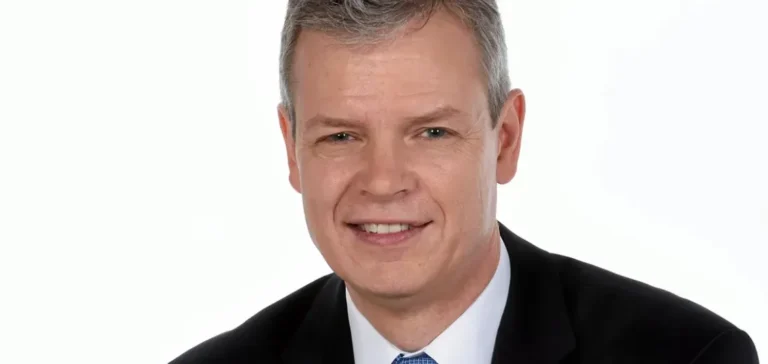Chevron has announced the appointment of Kevin McLachlan as vice president of exploration, effective from November 1, 2025. He will replace Liz Schwarze, who is set to retire in February 2026 after a thirty-six-year career at the company. This leadership change comes as Chevron realigns its exploration priorities, focusing on oil-rich basins in sub-Saharan Africa.
McLachlan joins Chevron after a long tenure at TotalEnergies, where he led several major exploration campaigns in Angola, Nigeria, Mozambique and Uganda. His field expertise in African geologies is seen as a key asset to support Chevron’s ambitions across the continent, at a time when several offshore blocks remain largely untapped.
Strategic deals and new geological targets
In September 2025, Chevron signed a preliminary agreement with the Agência Nacional de Petróleo, Gás e Biocombustíveis (ANPG) of Angola for offshore block 33/24, located in the Lower Congo Basin. This partnership aims to strengthen the company’s presence in a sector recognised for its hydrocarbon potential but still underexplored by regional standards.
At the same time, Chevron plans to drill a new exploration well in Namibia’s Walvis Basin between 2026 and 2027. This initiative adds to a growing portfolio of operations in Southern Africa, as competition increases among major oil players to secure access to promising reserves.
Internal restructuring and operational refocus
McLachlan’s appointment is part of a broader strategy to streamline Chevron’s assets, following financial results that fell short of expectations in recent quarters. The company is now prioritising geological zones offering faster returns and clearer production prospects, while gradually reducing exposure in higher-cost regions.
During Africa Energy Week 2025, Chevron confirmed its intent to consolidate operations in Africa, particularly in Nigeria and the Republic of the Congo, without announcing any new major projects. The appointment of McLachlan, known for his operational efficiency and familiarity with local partners, marks a shift in the group’s technical leadership structure.






















